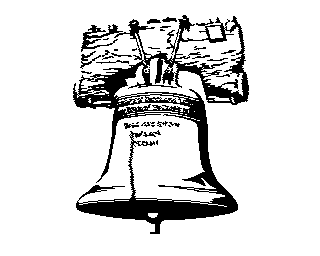CFOG's PIP, December 1988, Volume 7 No. 6, Whole No. 68, page 95
Electricity -- A Primer
by John Buxton
[From the Osborne/Kaypro Users Group of Fargo, ND and Moorhead, MN, there reprinted from the MicroBee News of South Australia. -- bhc]
I was never taught about electricity at school, nor was it the topic of dinner conversation for my parents. But what with reading, and having to change light bulbs and tune a transistor radio, I have picked up a fairly sound working knowledge of electrical matters. It is not comprehensive: I still don't fully understand why you can't boil an egg on an electric guitar or run a BASIC program on a washing machine.
Most electricity is manufactured in power stations where it is fed into wires which are then wound around large drums. Some electricity doesn't need to go along wires (that used by lightning, for example). This kind of electricity is not generated, but just hangs around in the air, loose.
Electricity must be earthed, that is to say it has to be connected to the ground before it can function (except in the case of airplanes, which have special arrangements).
Although electricity is said not to leak out of an empty power point, that power is still live. The proof is what happens if you shove your finger in the opening. If it is not leaking then what is it doing to my finger?
Electricity has but two ingredients, negative and positive. One ingredient travels along a wire covered in red plastic (lately changed to brown which won't show the dirt as much). The other moves along a wire covered in black plastic (lately changed to blue to prevent charges of racism). These two wires meet together in a plug, where the ingredients are mixed to form what we call electricity. Electricity is stored in batteries. Big batteries do not necessarily hold more electricity than small ones. In big batteries electricity is just shoved in very loosely, whereas in small batteries (for transistor radios) it must be packed flat.
A switch controls a small clamp or vice, which grips the wires very hard so that the electricity cannot get through. When the switch is flicked on, the wire is relaxed and the electricity travels to the light bulb where a piece of wire, called the element, is left bare. Here for the first time we can actually see the electricity in the form of a spark. The spark is enlarged many times by the curved bulb (which in fact is made from magnifying glass).
It is time to discuss the fuse wire. I'm amazed that a technology that can produce colored electricity for use in traffic lights and harness negative electricity for use in refrigeration, should still be manufacturing a fuse wire that is so thin. Using chicken wire I now have a fuse which has for six months been as impregnable as the Bank of Argentina! (Even if my spin dryer bursts into flames because too much electric power is fed into it.)
I know my knowledge is imperfect. I haven't yet explored the subject of neon signs (how do they get the electricity to move about?) or pop-up toasters (how does electricity know when the bread is brown?). Logic will eventually answer all of those questions, but that will have to wait. The light on my desk has just gone out.

